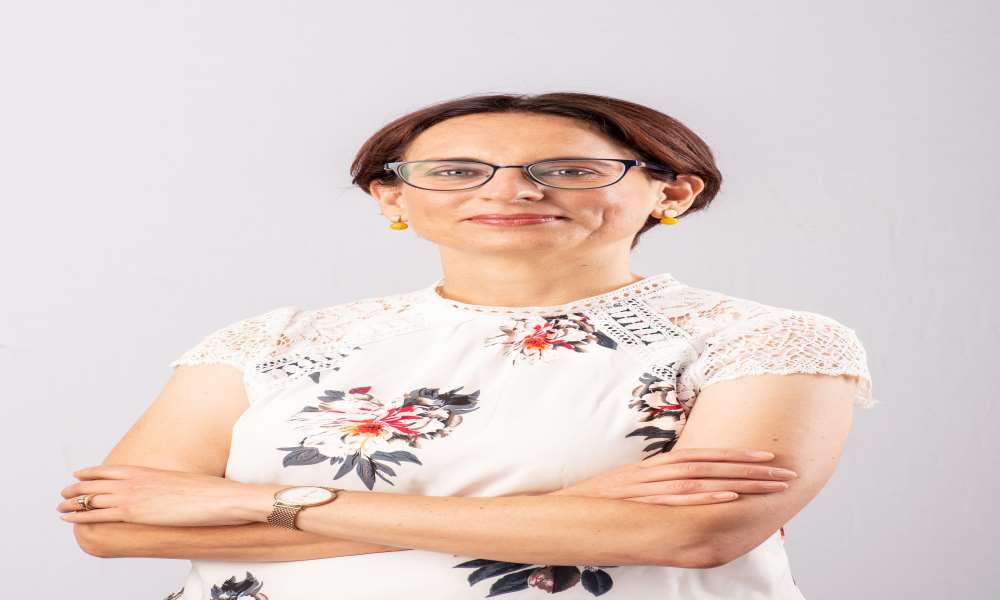Retirement savings: Comparing notes with South Africa
Retirement funds and the Financial Institutions and Markets Act (Fima) received significant media focus earlier this year. For a brief time, events such as the war in Ukraine and the rising cost of living were overshadowed by retirement fund debates in coffee shops and around the braai.My colleague, Paul-Gordon Guidao-oab, recently wrote an article on whether there is still a case for retirement funds. This article follows another where he focused on the findings of the Old Mutual SA Retirement Gauge for 2022. Since there is no similar research being done for Namibia at present and the two countries’ retirement fund industries bear many similarities based on the historic connection between Namibia and South Africa, it is useful to compare notes with our South African peers. Both countries still use the same Pension Funds Act No. 24 of 1956, with some deviations.
What is the Old Mutual SA Retirement Gauge?
The Retirement Gauge, which was launched in 2021, provides useful insights on retirement saving habits and retirement readiness of South Africans belonging to umbrella funds through their employers’ occupational schemes. Based on actual data rather than a survey or interviews, Fairbairn Consult analysed almost half a million members of three large umbrella funds - representing retirement savings of over R138 billion.
The analysis covered around 6 300 schemes offered by a wide range of employers of different sizes and across all industries, making it a very representative analysis of South Africans saving for retirement.
What were the key findings?
The Retirement Gauge confirmed that employers with a mostly blue-collar workforce tend to favour provident funds, with members (almost two-thirds) earning below R10 000 per month compared to only a third of pension fund members.
The analysis indicated that the normal retirement age (NRA) is 65 for about half of the members. Approximately a third of members are in schemes with an NRA of 60. The lower the NRA is, the more onerous is the task to save enough money to retire in a financially secure manner as there is less time to save and more time to be supported by a pension fund.
How much is enough?
Conventional wisdom suggests that a retirement fund member should aim to save enough to retire with a pension that is about 70% of their final pensionable salary.
The retirement gauge authors, Old Mutual Corporate Consulting, believe that the easiest way of quantifying how much should be saved towards retirement is by looking at a multiple of your annual salary.
To achieve a pension that is equal to 70% of his final pensionable salary, a man retiring at the age of 65 and buying a guaranteed pension that will increase roughly in line with inflation will require a retirement benefit of approximately nine times his annual salary.
A woman will require an extra 8% of savings for the same pension as she is likely to outlive a man of the same age. To afford to retire earlier than at 65, a higher multiple of your salary is required and the time available to accumulate that multiple is shorter.
The good news is that it is never too late to start planning for your retirement. Consider taking some of the following proactive steps towards securing your financial future:
• Take an active interest in your retirement fund
Understand the benefits offered by the fund, where your savings are invested and what the multiple is that you are on track to achieve at your NRA.
• Preserve your retirement savings when you move to a new employer
• Source financial advice
• Increase your contribution towards retirement savings
Ideally, your contribution towards your retirement savings benefit should equal at least 15% of your salary.
• Consider how you may be able to delay your retirement
This can provide you with enough time to build up a sufficient level of retirement savings.
• Consider investing in growth assets for as long as possible Growth assets - equity and property - significantly outperform cash and bond assets over the long term.



